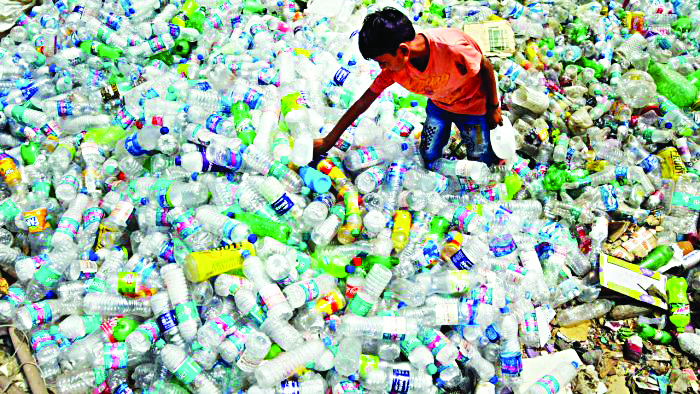Research identifies tamarind seed as cost-effective source of bioplastic

Kolkata: At a time when governments across the country are struggling to curb the use of single-use plastic which is a major contributor to plastic pollution, an environmental scientist based in Kolkata has identified tamarind seed waste as a cost-effective source of bioplastic.
“The goal of the research was to create an eco-friendly plastic from a natural resource that is readily available and relatively inexpensive, such as tamarind and to endow it with antibacterial, thermal and mechanical qualities. It has been demonstrated that it is possible to create bioplastic using tamarind as the foundation material. The polymers that were synthesised were put through a series of tests, including those to determine whether they are biodegradable and mechanical and the results have been extremely fruitful,” Dr Swati Nandi Chakraborty who has conceived the research said.
The research work that deals with biopolymer formulation by tamarind seed starch and characterisation by scanning electron microscope analysis has been published at ‘The International Journal of Research and Analytical Reviews’. “It’s a classic example of how waste can be transformed into wealth,” Nandi Chakraborty said.
A number of sources of starch bioplastics that includes corn and starch-based, mango seed-based, pumpkin starch-based and jackfruit seed-based were taken into consideration during the research but the tamarind seed-based starch bioplastic was found to be the most cost-effective.
The main advantage of bioplastic products is that they are produced from renewable resources rather than fossil resources. The usage of renewable resources contributes to a reduction in greenhouse gas emissions through the reduced carbon footprint.
According to Nandi Chakraborty, there is a requirement of additional research in terms of customer needs focusing more on the starch sources and developing formulations for an effective range of applications with good processability and polymer degradability.



